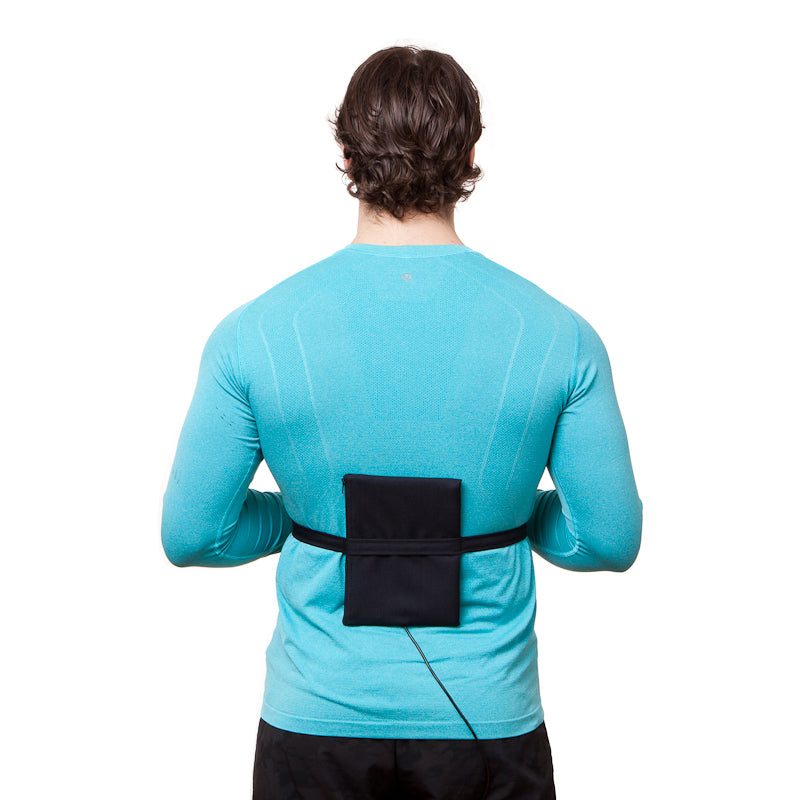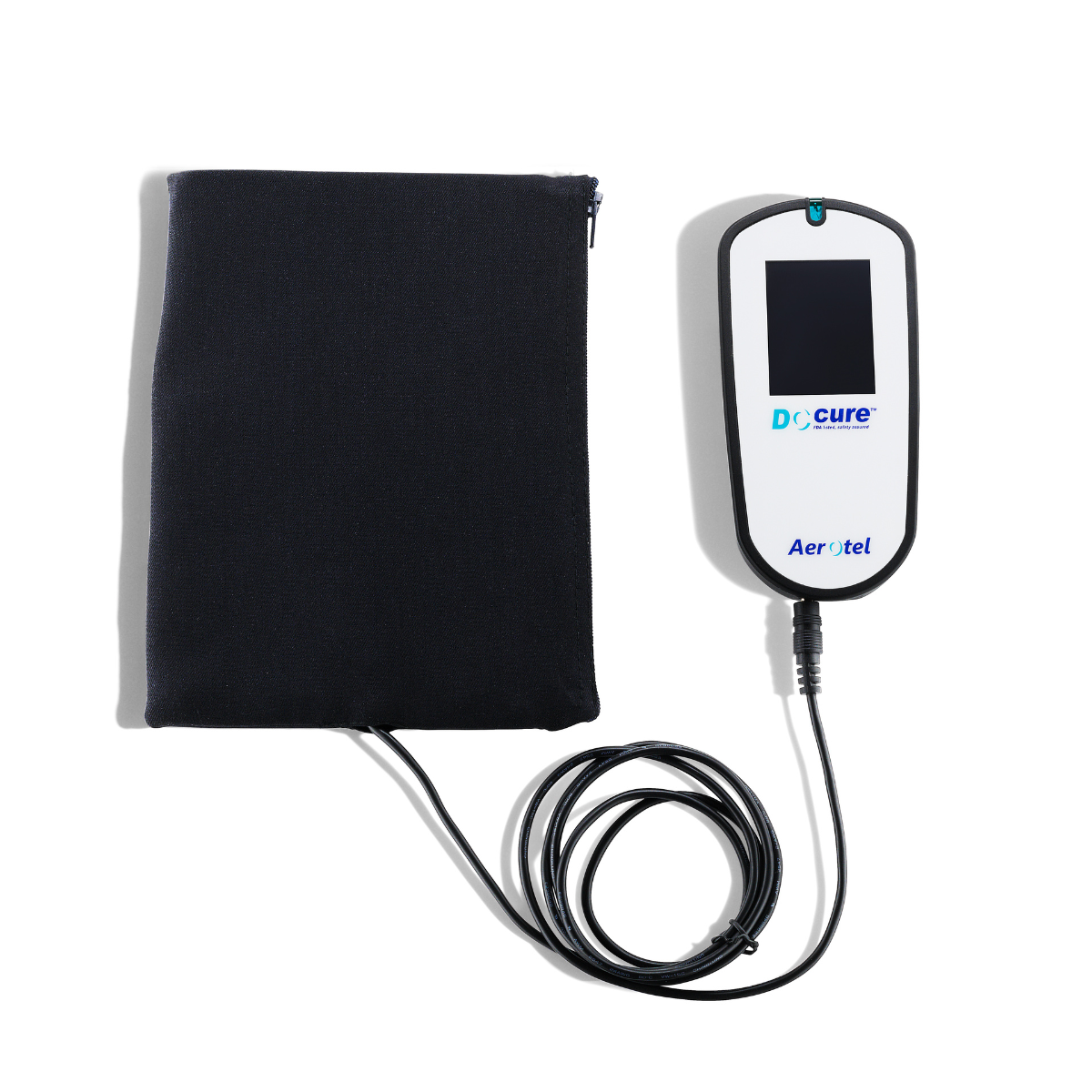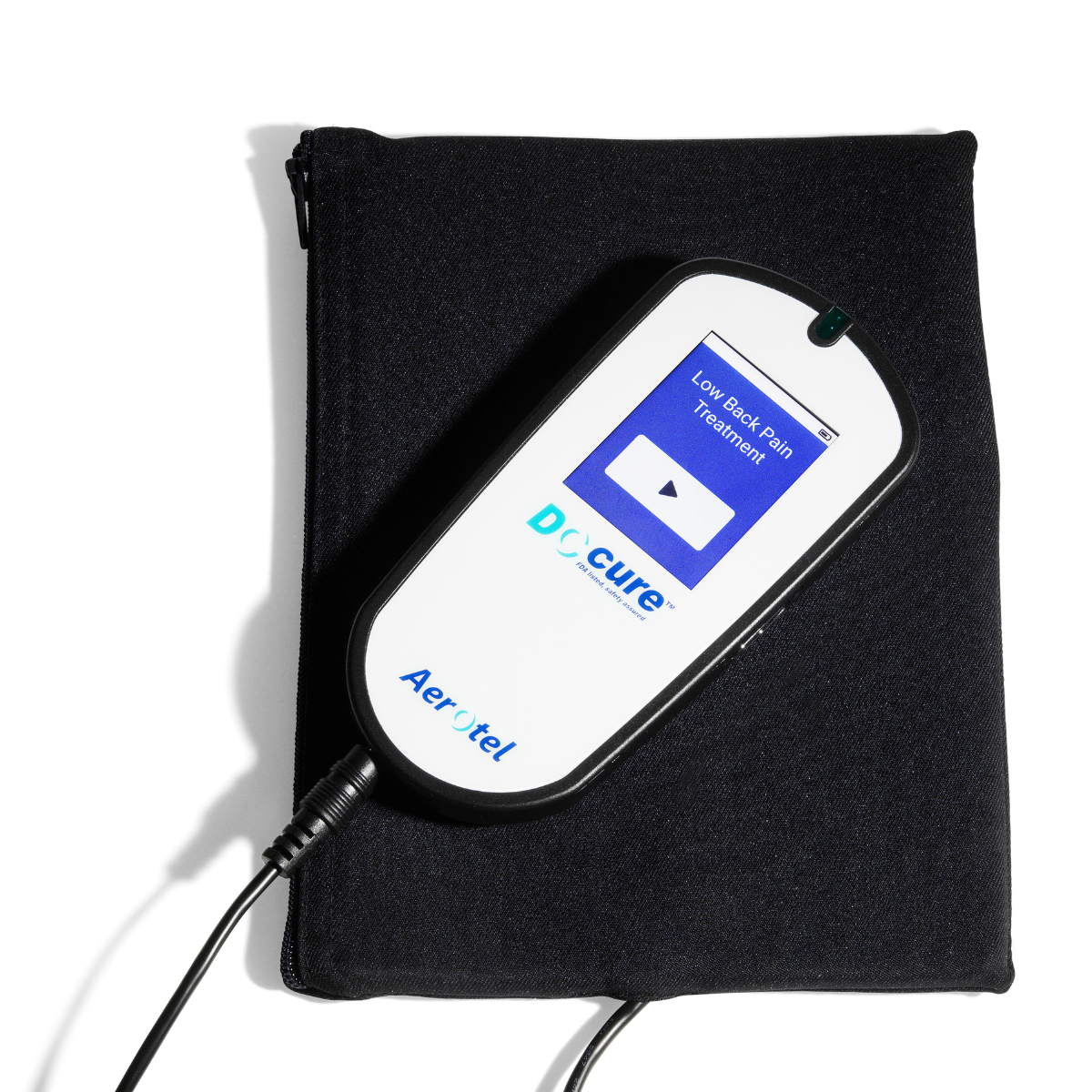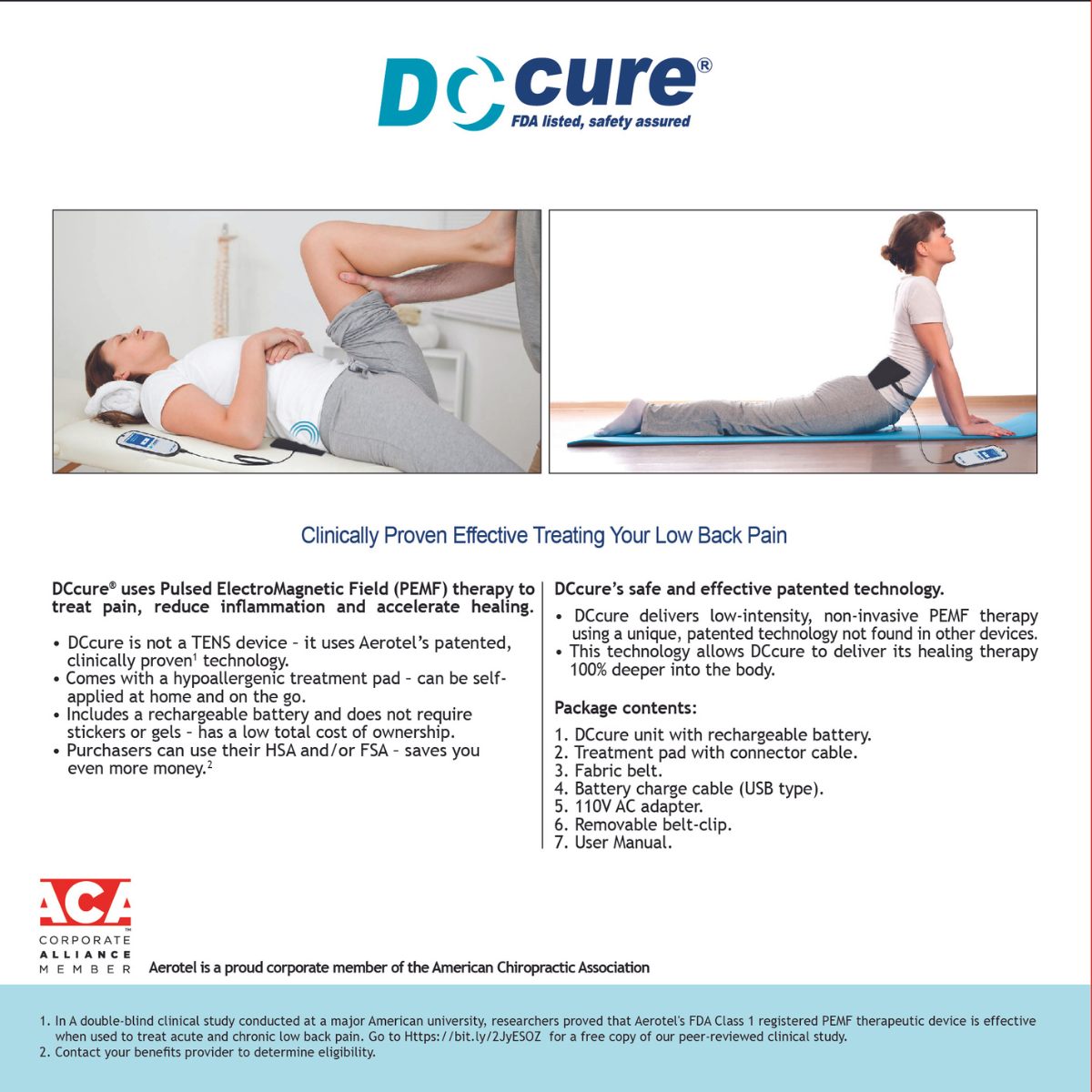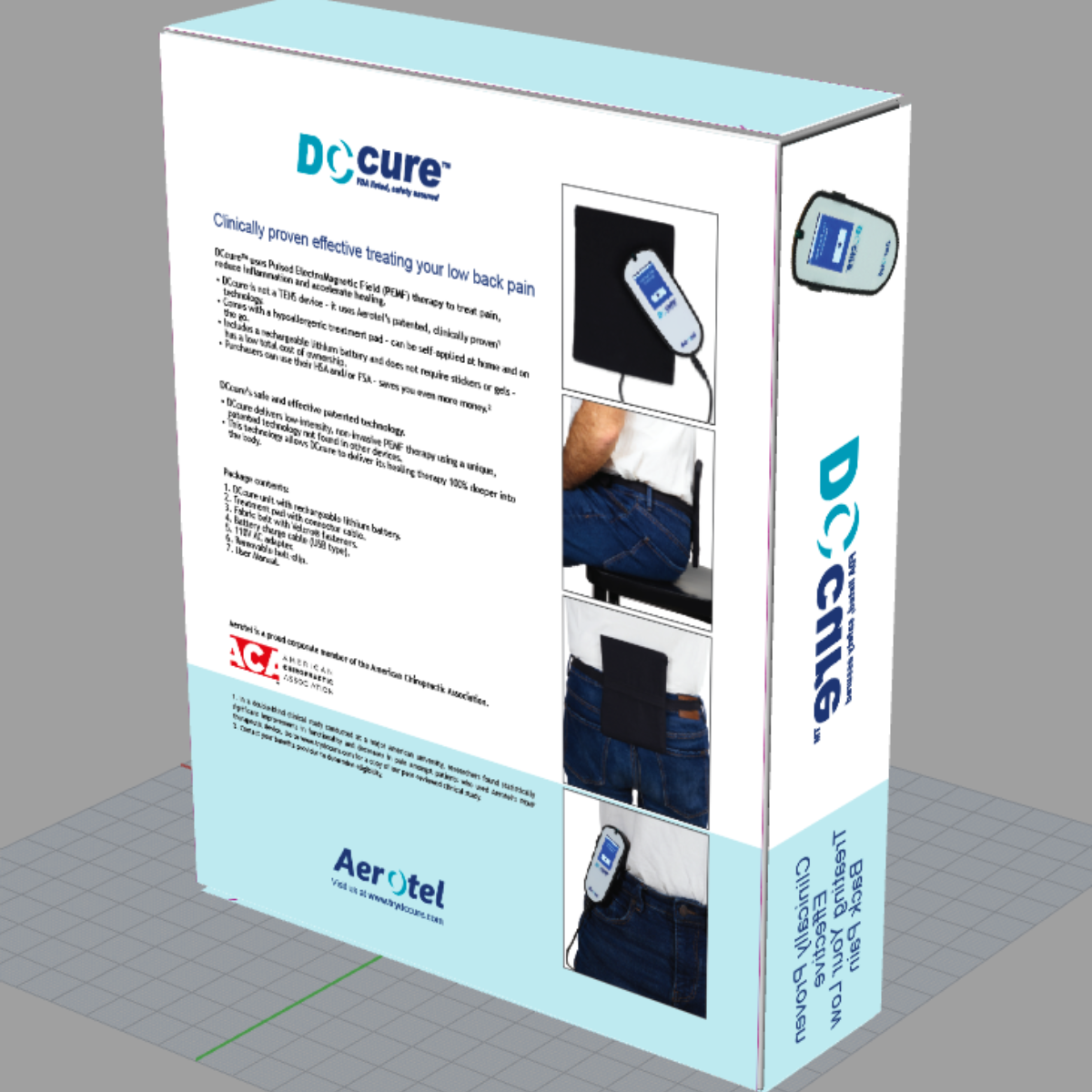Overview
If you suffer from acute or chronic back pain, its consequences can permeate every aspect of your life. Almost 59% of individuals report regular sleep disturbance due to back pain. Sleep disturbance leads to mood disturbances, poor daytime function, weight gain, and lowered immune response.
What is back pain?
Back pain describes various conditions related to the backbone, joints, muscles, and nerves. Back pain and disability are not just inconvenient but also affect your capacity to work, earn a livelihood and feed a family. This is a significant cause of disability and lost productivity worldwide.
Knowing the back pain is important before you try anything to Ease Your Back Pain by Using These Simple Techniques.
Back pain is defined as pain of any nature or severity that you feel in the region thoracic spine to the pelvis. Mainly it affects L4, L5, or L5, S1 vertebrae. Back pain can be sharp, burning, stabbing, or radiating in nature. According to some patients, it gets worse by activity, sneezing, coughing, or straining.
Back pain can lead to anxiety, depression, anguish, and in some cases, severe psychiatric illness. Lower back pain alone is the world’s most significant cause of years lived with disability. It is the cause of billions of dollars of economic burden worldwide.
According to the Australian Bureau of Statistics, Up to 90% of people will suffer from an episode of lower back pain at some stage in their lives. Back pain’s chronic and widespread nature often leads to poorer quality of life, psychological stress, and disability.
Types of back pain
1. Upper back pain
The upper back region consists of the thoracic spine. The upper back is relatively more resistant to injury and pain than the neck and lower back. Muscular irritation, strains, or tightness significantly cause upper back pain. Joint disruption or severe damage can also cause upper back pain.
2. Lower back pain
Who gets back pain?
Back pain can affect people of all ages, even children and teens. But the following risk factors might put you at greater risk of developing back pain.
- Age: Back pain prevalence increases with age. It becomes more common as you get older. It’s due to degenerative changes.
- Excess body weight: Obesity puts extra stress on your back structures and leads to back pain.
- Improper or heavy weight lifting: Putting too much pressure on your back instead of your legs can lead to back pain.
- Lack of exercise: Unused and weak muscles in your back might cause back pain.
- Diseases or infections: Some conditions like arthritis can contribute to back pain.
- Smoking: Smoking is also a risk factor that has increased rates of back pain.
Simple techniques to relieve your back pain
1. Reducing your body weight
2. Correct your lifting technique
3. PEMF therapy for back pain
- Reduce inflammation
- Reduce edema or swelling.
- Promote sleep
- Repair damaged cells and tissues.
- Repair bones
4. Posture
5. Strength & flexibility
When should I call the doctor?
You should contact your healthcare provider if you have
Back pain with fever
Bowel or bladder incontinence
Pain lasting for more than three months
History of trauma
History of tumor
Extremes of age
